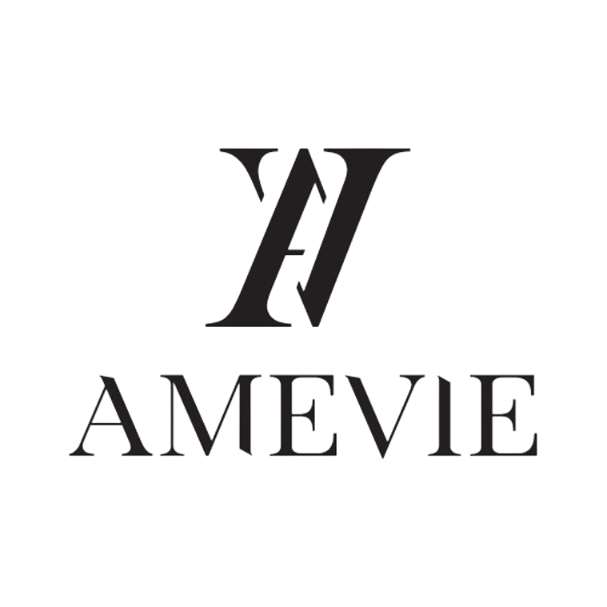SUN CARE TIPS
UVA versus UVB: differences and similarities
It’s a pretty well known fact that the sun’s rays can so some serious skin damage, but it’s not so well known what the difference is between those UVA and UVB rays we hear so much about. Lucky for us, the Skin Cancer Foundation is loaded with all the info behind the damage the big bad sun can really do.
UV refers to a certain part of the light spectrum in the sun’s rays, and that gets divided and categorized into UVA and UVB, because our skin responds to these in different ways at different levels. But, before we dish out the differences, we should look at what they have in common. They both cause a certain form of damage to cells they come in contact with; what we know as a tan is actually our cells reacting to having their DNA damaged, by altering, resulting in darker skin cells. Additionally, lots of exposure to both categories can cause wrinkles to creep in much speedier; this is known as photo-aging.
UVA Rays
UVA rays make up about 90 – 95% of the sun’s rays that reach Earth. They remain the same intensity all year long, and compared to UVB rays, they go a lot deeper into our skin. Also, they have an easier time penetrating clouds and glass. UVA rays travel through the outer layer of our skin (the epidermis) and deep into the thicker layer of cells called the dermis. At the deeper part of the dermis is typically where skin cancers form, hence the importance of making sure we protect ourselves from these rays.
Another note on UVA rays: these are the ones that make up the UV rays in tanning beds. Since UVA rays do more damage beneath the epidermis, tanning salons can promise a long lasting, burn-free tan. What they don’t tell you is that you’re getting a big (expensive) dose of deep cell damage, and increasing your risk of skin cancer vastly.
UVB Rays
UVB rays are the more intense, reactive ray. While they can’t penetrate glass and clouds as effectively as UVA rays, they cause more surface level skin damage, discomfort, and are still key in the development of skin cancers. The good news is, these rays vary in intensity depending on time of year and day, and where you live. You can find charts about when the UVB rays are most intense so you know when burns are most likely to happen. Don’t forget you should be protecting yourself from both kinds of rays all year long!.
Lesson to learn: be sure that products you buy offer good protection from both types of rays. You can always talk to a dermatologist, optometrist or your doctor. But, in case you forget what we’ve learned here, A is for “all-year” and B is for “burn.” Ouch!

